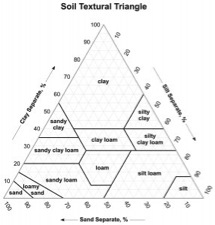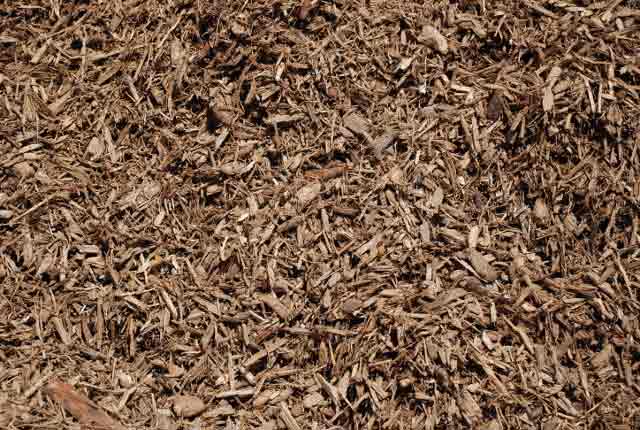Different Types of Soil
Sunday, May 6th, 2012Types of Soil
About ninety percent of most soil is made up of rocks of different sizes. The other ten percent of most soil is organic matter. The size of the rocks making up the soil determines whether you have clay, sand, or silt.
Clay is the smallest type of rock in soil. These particles cling to one another and do not easily let air or water separate them. On the good side, clay retains moisture the longest of any of the soil types. On the bad side, plants can become waterlogged due to poor drainage. In the summer, clay can bake into cement, killing the plants growing in it.
Sand is at the other end of the soil spectrum. The particles are relative large and do not cling to on another tightly. This soil drains well and is well aerated. However, it can drain so well that plants quickly dry out and must be watered frequently. Sand also has a low nutrient level so plants must be fertilized often, as well.

Silt is composed of particles between sand and clay. It drains well but contains lots of organic matter and is very fertile. Rivers deposit silt when they flood, which is why river bottoms are generally very fertile.
Our topsoil is composed of silty sand and a minimum of ten percent organic matter. This rich topsoil will grow just about anything you want to grow. If you need topsoil for your lawn or garden, call us at (813) 358-8990 today and we can deliver it tomorrow.
